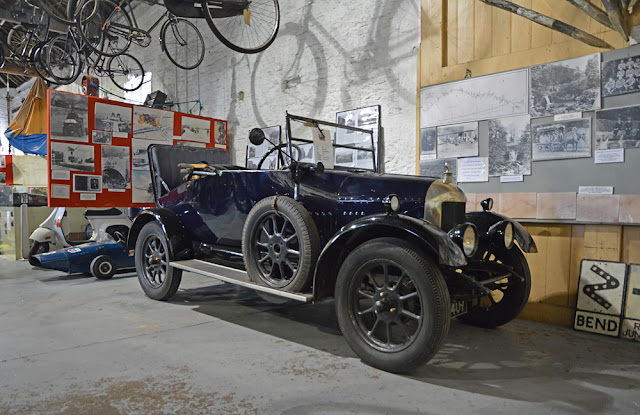After some gentle prodding from the UK (Thanks Pete!) the blog is back!
It has been a busy summer for the operating set, fortunatly with few problems
Every weekend in July, we ran specials in association with the steam ship Blidösund:
http://www.blidosundsbolaget.se/en/
We provided vintage transport from Stockholm Östra up to Lindholmen using No.35
Here passengers were met by a vintage bus that took them over to the coast
Passengers then boarded Blidösund, which would convey them gently back to Stockholm serving them a classic Swedish dinner along the way. All in all this proved very popular and I believe was fully booked for every run. Hopefully something we can repeat in the future!
Built in 1911 in Göteborg for traffic between Stockholm and Blidö in the Stockholm Archipelago, she is in very good original condition, including her original steam plant. She is now owned by an association who preserve her by operating her for day cruises and charters in the Stockholm area.
For me, a significant part of the summer was spent on another vintage transport project of mine, the 1908 built 2 masted schooner Constantia. This year we took her through the Göta Canal (she only just fits in the locks, with 10 cm to spare at each end!) for a summer on the west coast
We took part in two traditional ship races, the first from Hobro in northern Denmark to Kragero in southern Norway via Göteborg in Sweden. We won the first stage in that race. We then took part in another race around the Danish island of Fyn, winning 4 of 5 stages and therefore the race as a whole!
Back in the Stockholm area I have also been crewing on quite a few of the charter trips that we do to fund her preservation and operation. OK, so thats my excuses, or some of them anyway, for not keeping the blog up to date!
Back on the Roslagsbana, our full operating set (one carriage, one full brake top-and tailed by
electric railcars) continued to operate every weekend in August with
our traditional summer public running. Here is the interior of our 1914
built carriage 880. A bit tired, and more or less as left commercia
service but still in reasonable condition.

For the mechanical group, most of the work was keeping the set clean and maintained, and fixing the few problems as they came up. One report from the operating crew was that the jumper cable on 35 was a bit tight and difficult to operate. We dealt with that with a sanding disk on the angle grinder.
Well ... Micke and Daniel delt with it, Soren and I stood arouond adding helpful comments such as "shall I fetch you the metal polish ... "
Work continues on 33 within the workshop. I am now painting the final part of the interior, the ceiling of B-end saloon while Henrick is painting doors. Lasse and Bengt have commences giving the exterior a final rub-down. The double glazed windows had aquired a significant amount of grime between the two panes of glass so we have also been dismantelling, cleaning and reassembling those one at a time. Once painting is finished, the lino can go down on the floor and the interior can begin to come together.
Hopefully more frequent updates to come, as well as reports on a couple of trips to other narrow gauge railways in the area. as ever, best regards from Stockholm!






















































